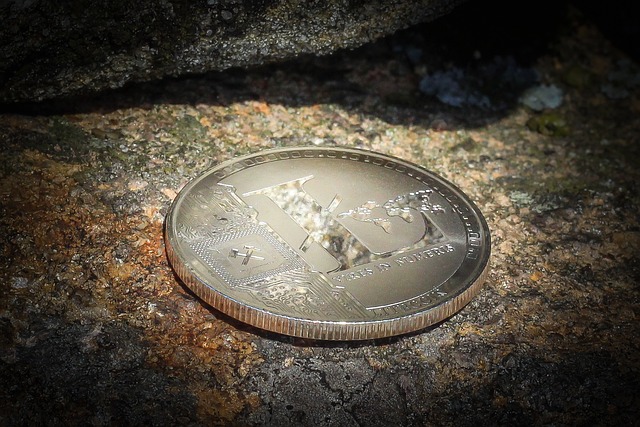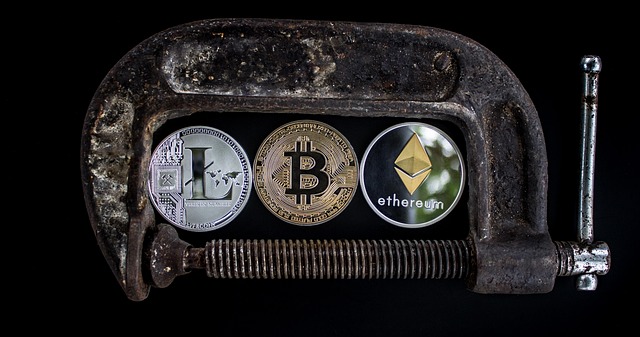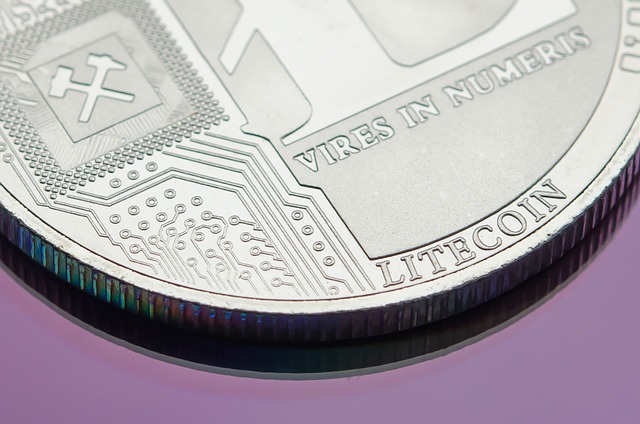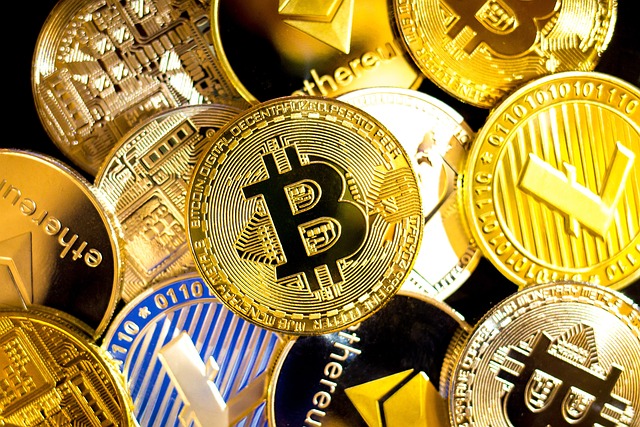Litecoin (LTC), launched in 2011, aims for faster transactions and lower fees compared to Bitcoin. Its decentralized nature and open-source code encourage innovation within the cryptocurrency community. However, the varied regulatory status worldwide poses challenges for users, miners, and traders, with new laws potentially reshaping Litecoin's future alongside the broader crypto market. While global adoption indicates a shift towards balanced regulations, stricter compliance requirements could impact mining profitability, exchange oversight, and accessibility, creating both hurdles and opportunities for innovation within the LTC ecosystem.
Navigating the complex regulatory landscape is crucial for understanding the future of Litecoin, a popular cryptocurrency. This article explores how new laws could significantly impact Litecoin’s mining, exchanges, and overall adoption. With global trends shaping cryptocurrency regulations, we delve into the current status and potential challenges faced by Litecoin network participants. By analyzing emerging trends and predicting future regulatory changes, we offer insights that are vital for investors, miners, and enthusiasts navigating this dynamic space.
- Understanding Litecoin and Its Current Regulatory Status
- Emerging Global Trends Shaping Cryptocurrency Regulations
- Potential Impact of New Laws on Litecoin Mining and Exchanges
- Compliance Challenges and Opportunities for Litecoin Network Participants
- Future Outlook: Predicting Regulatory Changes and Their Effects on Litecoin Adoption
Understanding Litecoin and Its Current Regulatory Status

Litecoin, often abbreviated as LTC, is a prominent cryptocurrency that has gained significant traction since its launch in 2011. It was created as an alternative to Bitcoin, offering faster transaction times and lower fees. Litecoin operates on a decentralized network, utilizing a different consensus mechanism than Bitcoin, which makes it appealing for certain use cases. Its open-source nature allows for greater flexibility and innovation within the cryptocurrency community.
Currently, the regulatory status of Litecoin varies across jurisdictions. While some countries have embraced cryptocurrencies, including Litecoin, with relatively lenient regulations, others have implemented stringent measures or even banned them outright. This inconsistency presents challenges for Litecoin users, miners, and traders worldwide. Understanding these regulatory landscapes is crucial as new laws could significantly impact the future of Litecoin and the broader cryptocurrency market.
Emerging Global Trends Shaping Cryptocurrency Regulations

In recent years, the global cryptocurrency regulatory landscape has been evolving rapidly, with emerging trends setting the tone for future Litecoin regulations. One notable trend is the increasing adoption and recognition of cryptocurrencies by governments worldwide. As more countries move towards formalizing digital assets, we see a shift from restrictive to more balanced regulatory approaches. This change is fostering a more stable environment for investors and developers alike, including those in the Litecoin ecosystem.
Another significant trend is the collaboration between financial institutions and cryptocurrency platforms. Major banks and payment processors are integrating blockchain technology and cryptocurrencies into their services, indicating a growing understanding of their potential. As these established entities enter the market, regulatory bodies are likely to adapt their guidelines accordingly, potentially leading to more clarity and standardization in Litecoin’s regulatory framework.
Potential Impact of New Laws on Litecoin Mining and Exchanges

New laws and regulations could significantly impact Litecoin mining and exchanges, altering the current dynamic of the cryptocurrency market. With increased scrutiny and potential stricter controls, litecoin miners may face challenges in maintaining profitability due to higher operational costs and reduced anonymity. Regulatory measures aimed at combating money laundering and fraud could require enhanced know-your-customer (KYC) procedures, adding layers of complexity for both miners and exchanges.
Litecoin exchanges, already operating within a regulated framework in many jurisdictions, might be subject to more stringent oversight. This could involve increased reporting requirements, capital controls, or even license mandates. While these measures aim to protect investors and prevent illicit activities, they may inadvertently hinder the accessibility and liquidity of litecoin, particularly for smaller players in the market. The potential impact on mining operations and exchange platforms underscores the need for industry stakeholders to stay informed and adapt to evolving regulatory landscapes.
Compliance Challenges and Opportunities for Litecoin Network Participants

The introduction of new regulations presents both challenges and opportunities for Litecoin network participants. On one hand, strict compliance requirements could create significant hurdles for miners, exchanges, and other stakeholders. These entities will need to invest in robust systems and processes to ensure adherence to evolving rules, which may involve substantial costs and operational adjustments. For instance, enhanced anti-money laundering (AML) and know-your-customer (KYC) measures might require extensive verification processes, impacting the speed and accessibility of Litecoin transactions.
However, navigating these regulatory waters also opens doors for innovation within the Litecoin ecosystem. Compliance challenges can drive the development of more sophisticated on-chain and off-chain solutions that enhance security, transparency, and user experience. Furthermore, proactive engagement with regulators could foster a favorable environment for Litecoin, potentially leading to increased adoption and wider acceptance as a legitimate digital asset.
Future Outlook: Predicting Regulatory Changes and Their Effects on Litecoin Adoption

The future outlook for Litecoin, like other cryptocurrencies, is closely tied to regulatory developments worldwide. As global financial authorities strive to create a balanced approach to cryptocurrency regulation, predictions about upcoming changes are essential for understanding Litecoin’s potential trajectory and adoption rate. Regulatory bodies are increasingly focusing on enhancing investor protection and market integrity, which could lead to more stringent rules for crypto exchanges and wallet providers.
If these regulations target specific aspects like anti-money laundering (AML) and know-your-customer (KYC) procedures, it might impact Litecoin’s accessibility in certain regions. However, a well-regulated environment could also bring stability and legitimacy to the cryptocurrency market, attracting more institutional investors. As regulatory changes are often unpredictable, Litecoin enthusiasts should stay informed about global crypto policy debates to anticipate potential challenges or opportunities that may shape the future of this digital asset.
Litecoin, like other cryptocurrencies, faces an evolving regulatory landscape that could significantly impact its future adoption. As global trends shift towards more stringent oversight, understanding the potential effects on mining, exchanges, and network participants is crucial. New laws may present challenges but also offer opportunities for innovation and compliance. By staying informed about regulatory changes, Litecoin can continue to adapt and thrive in a dynamic market, ensuring its place as a leading digital asset.







Leave a Reply